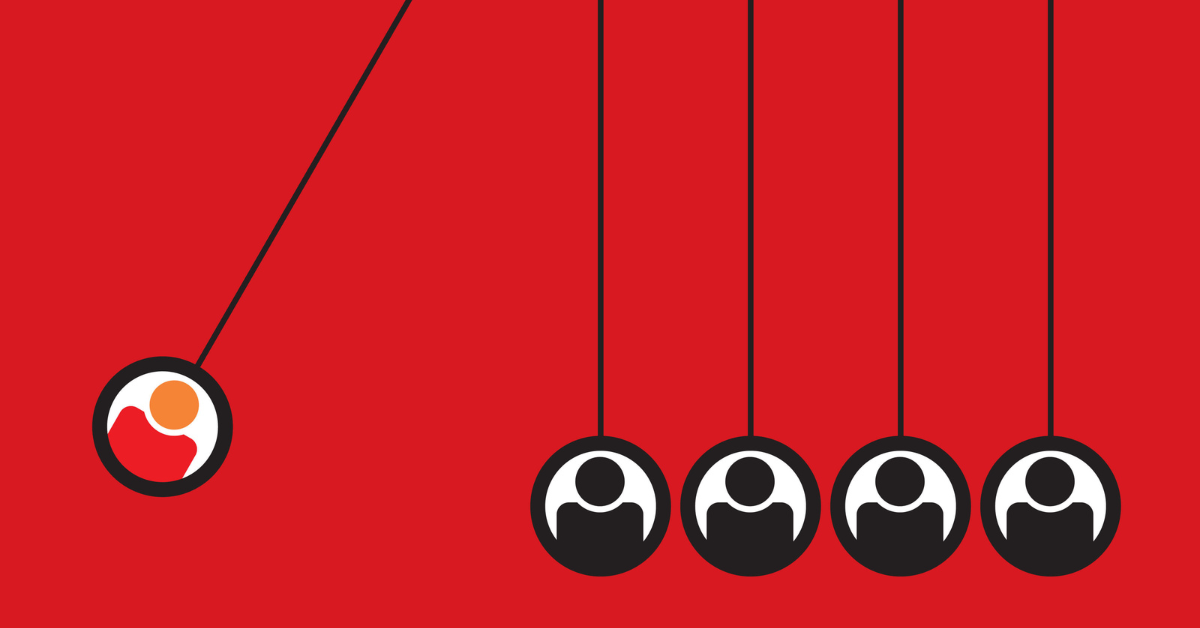Why is onboarding important?
Did you know that it takes up to 12 weeks for new hires to be fully productive? Yet, 1 in 4 new hires quit in the first ninety days. Their first reason? Bad onboardings. On the other hand, a BambooHR survey found that 76% of employees considered on-the-job training to be the most important part of the new hire experience. Training staff early and thoughtfully is essential to commercial enterprise success and employee retention.
Tips for a great onboarding process
Have all the tools and resources ready to go
It seems obvious but more than often this principle is not applied. Some people want to jump in and start working right away. It's essential you provide them access to all the tools and resources they need. Nothing is more destabilizing than starting with a company that doesn't want you to work right away. The essential infrastructure and tools need to be there on day one.
Explicit the workplace model
For example, if the company chooses a hybrid model, this should be reflected in the onboarding process. The combination of virtual and face-to-face meetings allows new employees to get a taste of what they will actually experience. In addition, managers can clarify the company's model and communicate employee expectations. It should also be the time to establish the culture and values of the company.
Set up a plan
Onboarding is usually a time-consuming and frustrating procedure (for all parties) requiring to digest a lot of information quickly. Spread your onboarding plan over a 90-day plan including a weekly plan that includes well-defined expectations and essential learning for the first 30 days, and outline specific goals for the next 60 days of growth. This helps teams understand how to approach training and new employees adapt to new roles.
Assess which training is necessary
Find out what your new hires already know so that you can identify what you still need to teach them. Use evaluation tests to assess new hires' prior knowledge and identify their strengths and weaknesses. Once you have determined their knowledge gaps, you can skip the parts they already understand and adjust the rest of your training to their learning needs as efficiently as possible.
Deploy self-paced learning
Training new hires one-on-one is time-consuming, and collective training implies that everybody is meant to learn at an identical pace. Adding e-learning to the mix offers flexibility for new employees to access the classes when and where they choose. This additionally takes a load off senior staff members.
At Easy Skill, we use Talent LMS to create all kinds of training and quizzes. It genuinely enables us to simplify our onboarding and general training.
Cover everything with a robust system
Too frequently, onboarding approaches are haphazardly thrown collectively and leave new employees scrambling for answers. Create a procedure that covers everything. It can be achieved by Trello checklists with Items new team members tick off as they go or with a dedicated software. Easy Skill chose BambooHR to automate the whole onboarding process and make it stress-free for both parties.
Help them transition into your corporate culture
Onboarding isn't only the technical elements of the new role, it is also a successful transition into the organization's cultural norms. When building the onboarding method for new hires of any level, consider what assets and relationships are essential to their understanding of the unwritten norms of your organization.
Assign a "buddy" for the first 90 days
During training and further employee training, new employees often come up with questions that they find trivial or ridiculous to ask their boss. However, these knowledge gaps make it difficult for employees to stay updated. Peer mentors help new employees gain insights and answer potential questions more efficiently. Furthermore, the relationship can help both parties. Permanent employees have an experienced perspective, and new employees bring vitality to relationships. Don't underestimate this often overlooked principle.
Foster meaningful relationships.
The most valuable aspect of their recent onboarding experience for many employees has been the human element of meeting people, connecting with others, and learning from peers. New employees are seeking relationships that make them feel supported, included and respected. They value feedback and clear communication, especially from leaders and managers. They expect to meet lots of people who genuinely care, who provide answers to their questions. Don't leave that to chance, schedule get-to-know-you meetings with key staff in advance.
Implicate the manager
A Gallup's research shows that the effectiveness of an onboarding system is mainly due to the manager's active involvement. Managers are central to learning: They must clarify job expectations, transmit culture, explain the company goals and help the new hires' inclusion within their new teams. When the manager takes an active role in onboarding, employees are 3.4 times more likely to consider their onboarding successful.
Give and receive feedback
Providing employees with a mechanism to monitor their progress throughout the training and offering feedback at every step is essential. It is more efficient to identify the training gaps than to wait until the 6th month or annual review. By knowing what worked and didn't work for your employees, you can continually improve your onboarding and ongoing training program.

Manon Capitaine
Email + Marketing Operations Specialist
Technical native with ninja-like project management skills. She drives technology like she built it and specialises in smoothing out the digital experience. Disorganisation is her nemesis. A beer aficionado, she can be found brewing (and sampling) craft beers.








Share this Article